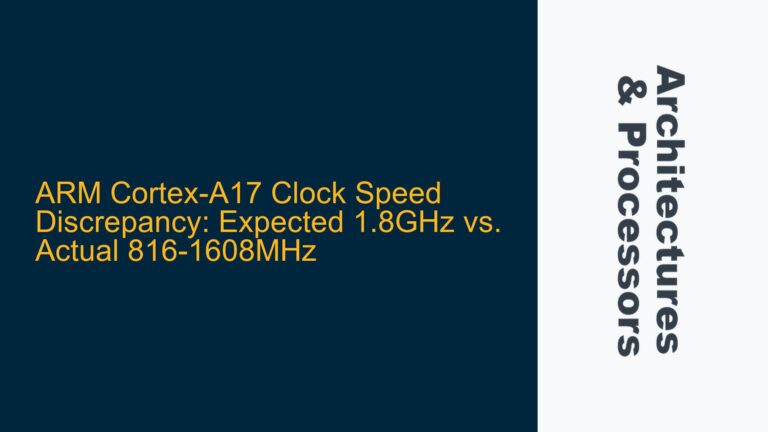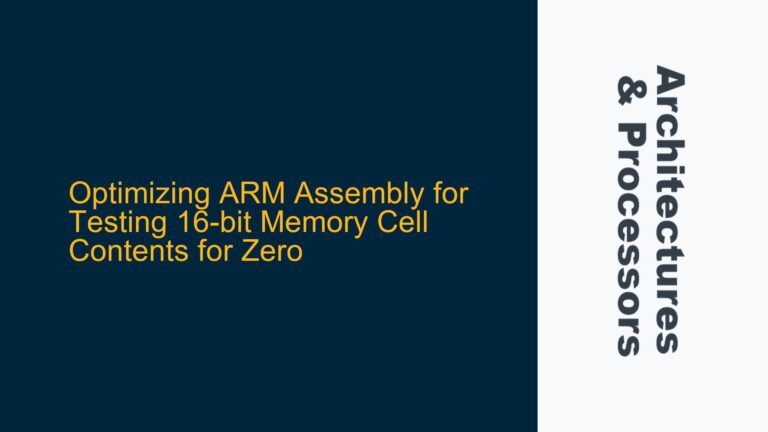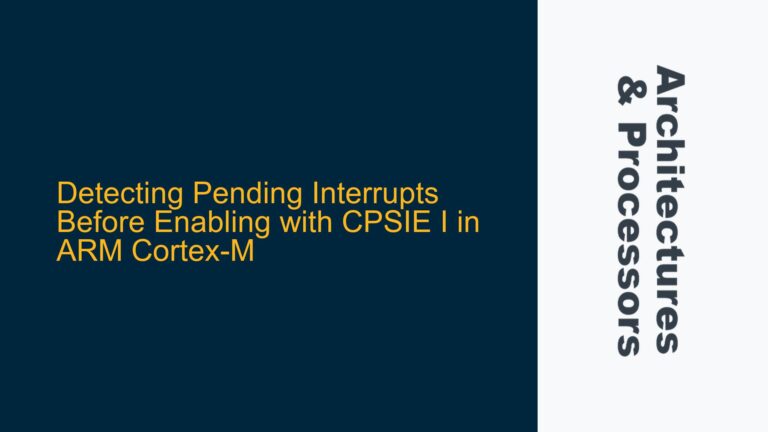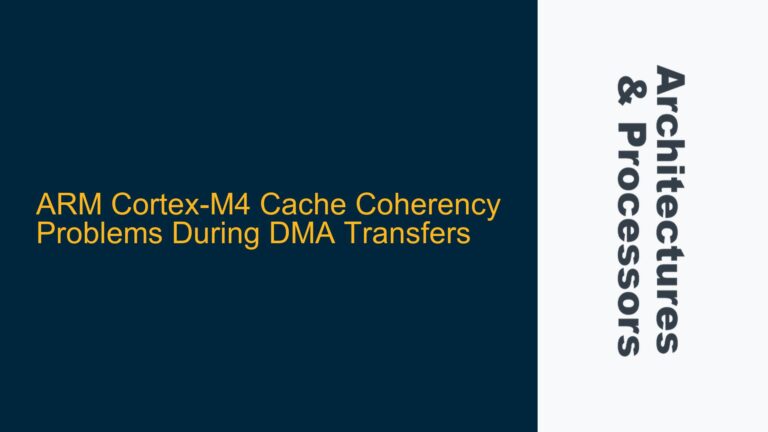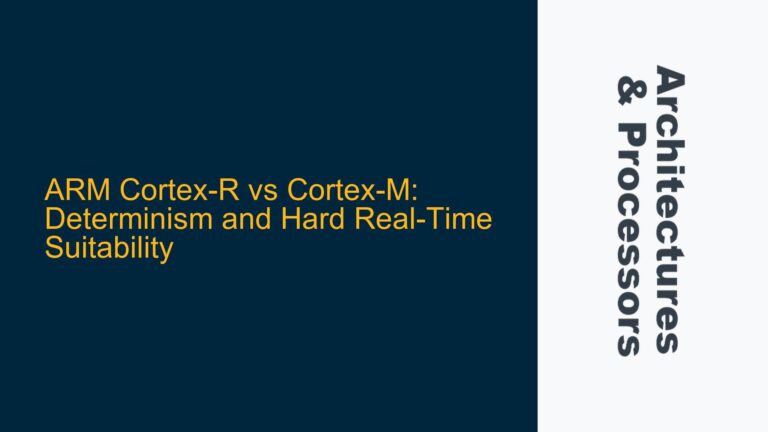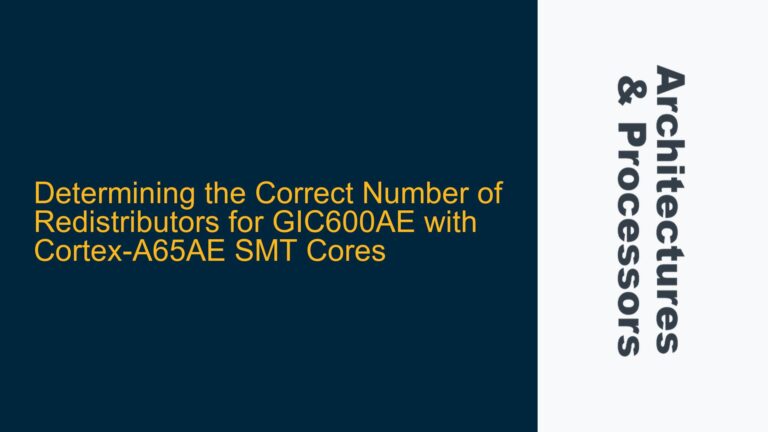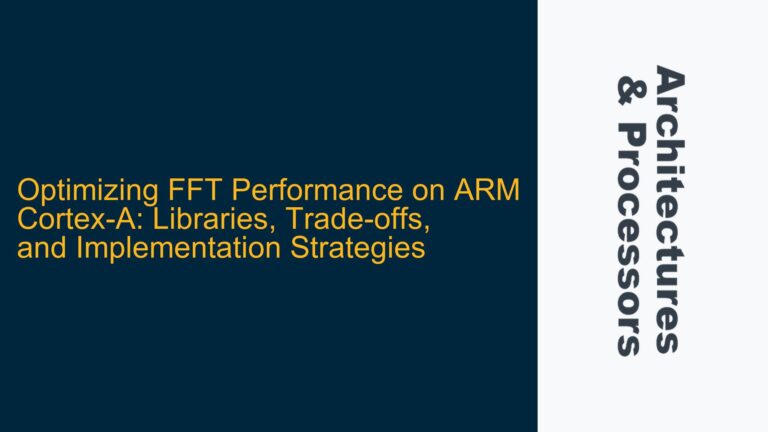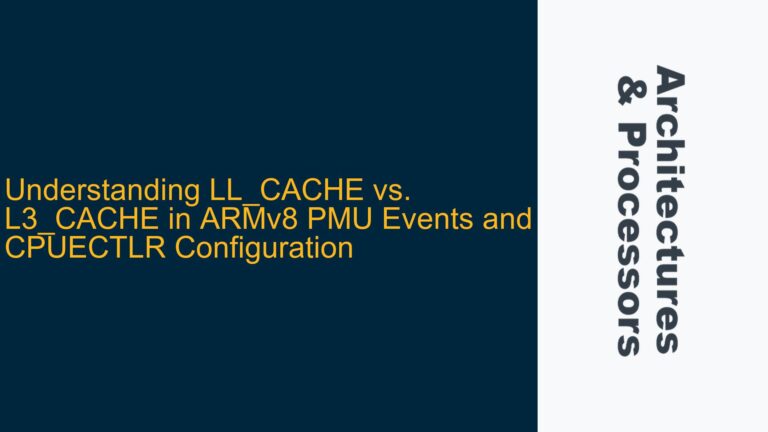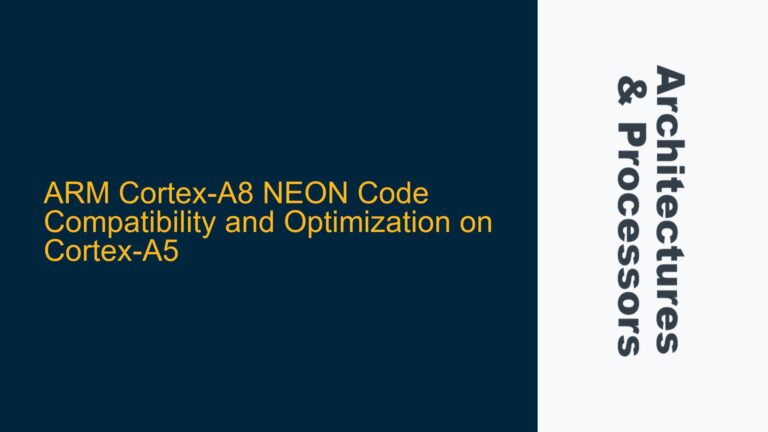ARM Cortex-A17 Clock Speed Discrepancy: Expected 1.8GHz vs. Actual 816-1608MHz
ARM Cortex-A17 Clock Speed Specification Mismatch The ARM Cortex-A17 is a mid-range processor core designed for high-performance embedded systems, often used in applications such as digital signage, smart TVs, and automotive infotainment systems. According to the official specifications, the Cortex-A17 is capable of operating at a maximum clock speed of 1.8GHz. However, in some implementations,…
